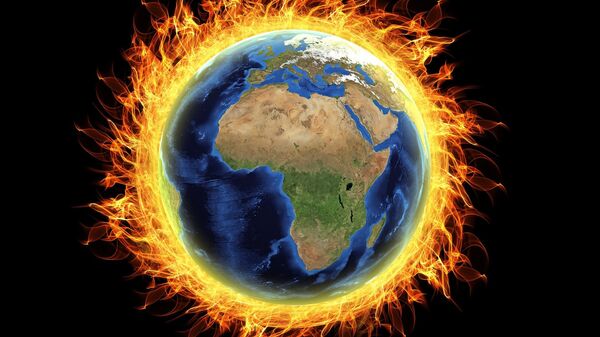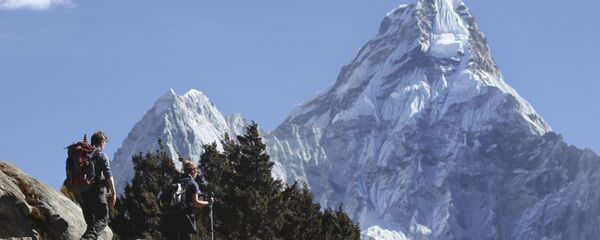On Tuesday, Science Mag reported that a project by the Intergovernmental Panel on Climate Change had developed new models to assess how carbon emissions lead to global warming. These models are predicting that global temperatures could rise significantly higher than previously predicted.
Developed in conjunction between the United Nations Environment Programme (UNEP) and the UN's World Meteorological Organization (WMO), the partnership, which started in June 2018, consists of environmental experts from around the world developing climate models. The group is expected to launch its sixth report by 2021.
Climate models can provide valuable information on the global "carbon budget" — which, according to the World Resources Institute, is defined as "the amount of carbon dioxide emissions we can emit while still having a likely chance of limiting global temperature rise to 2 degrees Celsius above pre-industrial levels."
One of the main components of The Paris Agreement, signed by more than 190 countries in 2015, is aimed at curbing carbon emissions enough to limit the global temperature increase to "well below" 2 degrees Celsius above pre-industrial levels. Additionally, countries were encouraged to further lower limit the temperature increase to 1.5 degrees Celsius.
Assessments from earlier models predicted that if the amount of carbon dioxide in the atmosphere reached double its pre-industrial level, global temperatures would rise between 2 degrees Celsius and 4.5 degrees Celsius.
Now, in at least eight of the models, the results predict a rise of 5 degrees Celsius.
Scientists have warned that even a 2 degree Celsius uptick in temperature could prove to be catastrophic in the long run. Even with just a 1.5 degree Celsius increase, in addition to increasing temperatures on a daily basis, the risks include heavier rainfalls, lower crops production and rising sea levels. And you can forget about the coral reefs, since warmer waters will turn them completely white, a process known as coral bleaching, which eventually kills them.
Although the new results are alarming for some, other researchers aren't buying the hype. The results so far are "not sufficient to convince me," says Kate Marvel, currently a climate scientist at the NASA Goddard Institute for Space Studies, according to ScienceMag.
Others disagree. Fred Magdoff, professor emeritus of plant and soil science at the University of Vermont and co-author of "What Every Environmentalist Needs to Know About Capitalism: A Citizen's Guide to Capitalism and the Environment," told Sputnik Thursday, "To say that the implications are ominous is quite an understatement. The report is based on models, which are only so good as the programs are able to mimic real world conditions. But the 20 warmest years all on record occurred since 1980. And the last four years were the warmest on record. Thus, considering all the potential feedback loops that occur with warming (from such phenomena as increased light absorption from a more ice-free Arctic Ocean and carbon dioxide and methane release from melting permafrost soil) it is quite conceivable that global warming is accelerating and that we are close to being locked in to a climate that will create havoc, hardship, and sorrow on a world scale."
This is not the first time the WMO has rung the alarm when it comes to global warming. In March 2019, the organization warned that rising carbon dioxide levels were leading to dangerously high temperatures — globally, 62 million people were affected by natural hazards in 2018, a number that could rise if, as scientists predict, climate change leads to greater weather instability.



